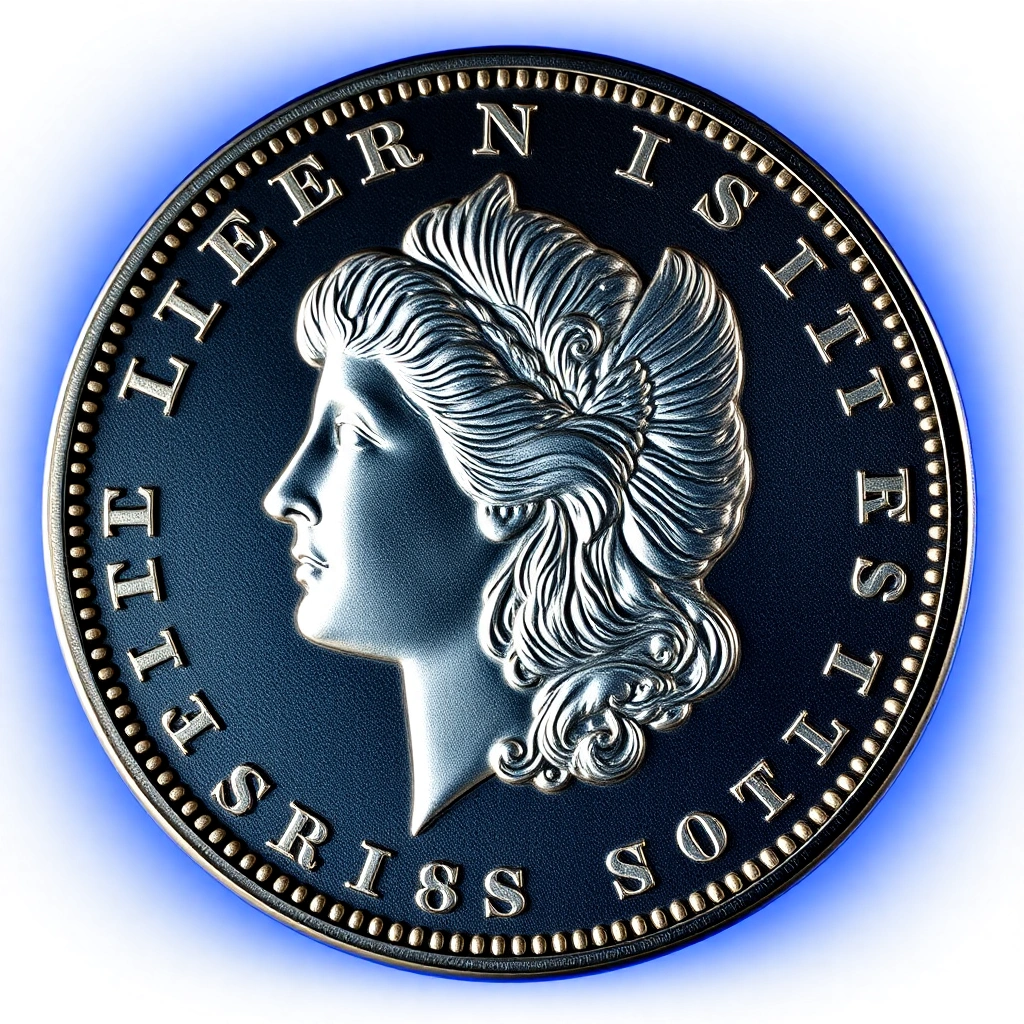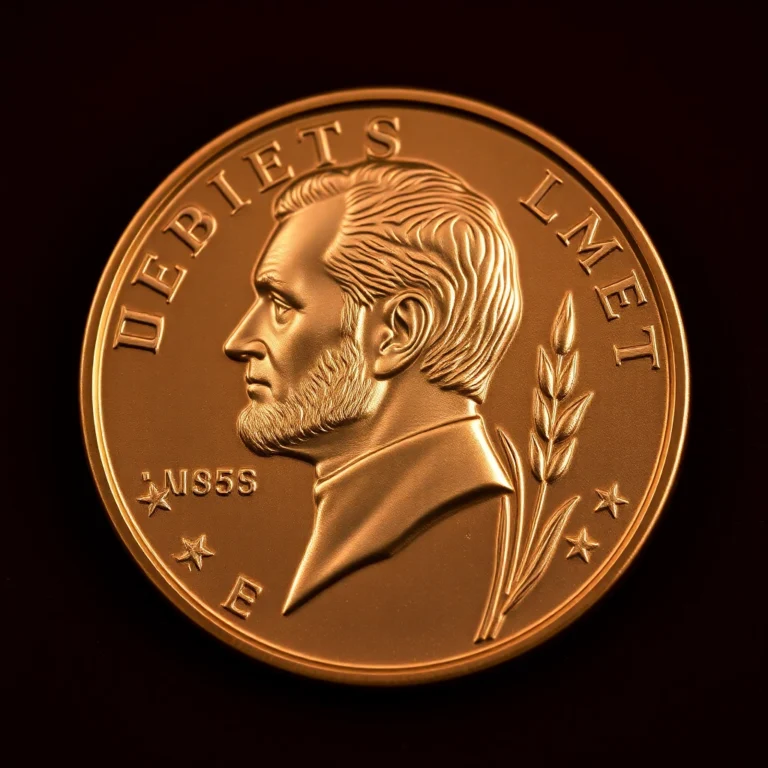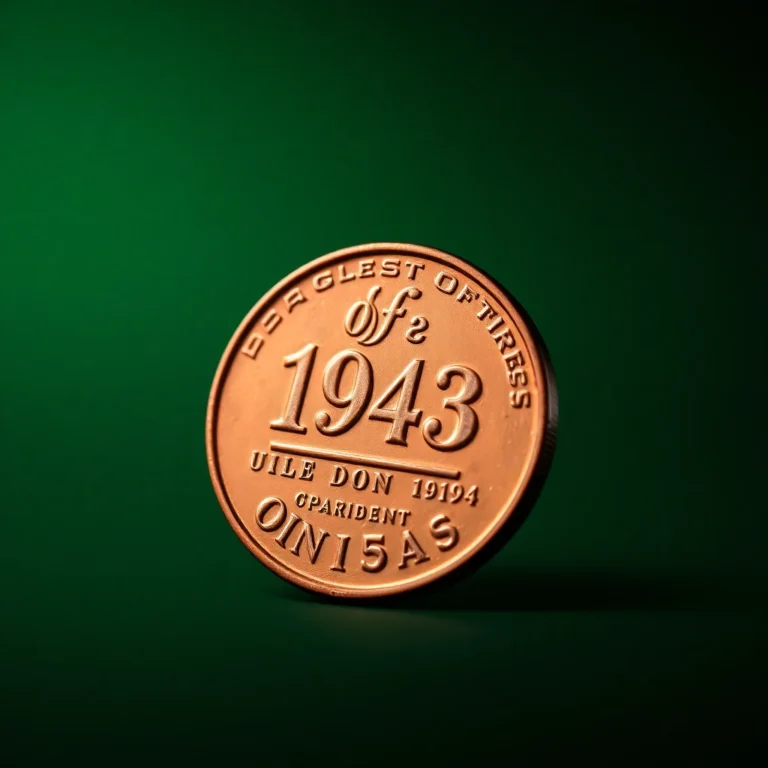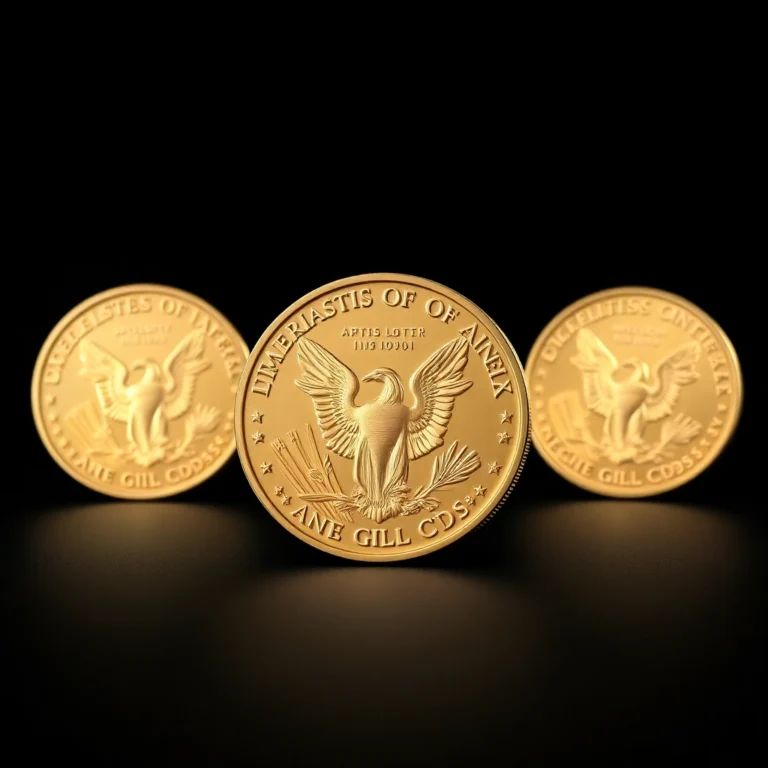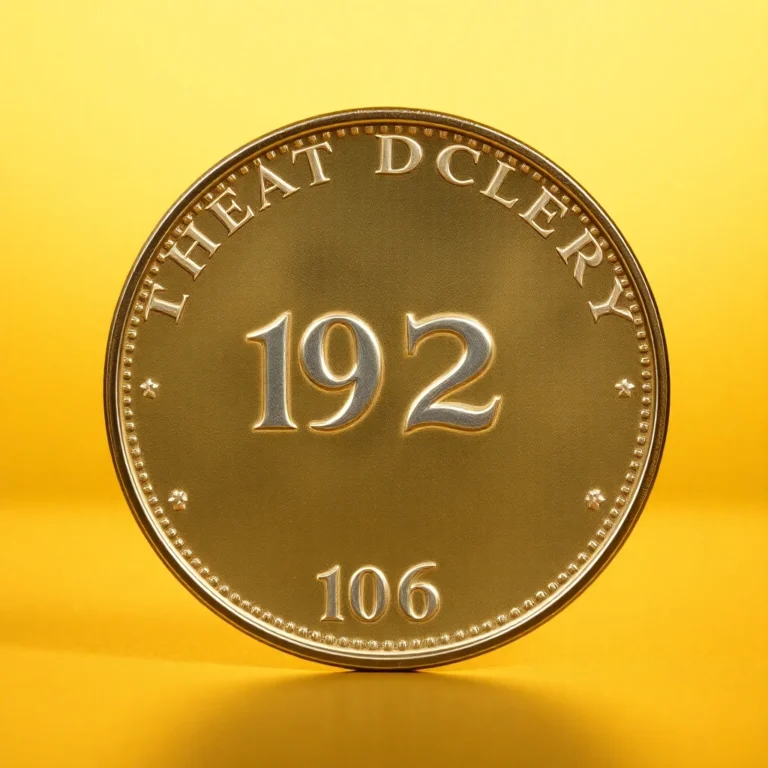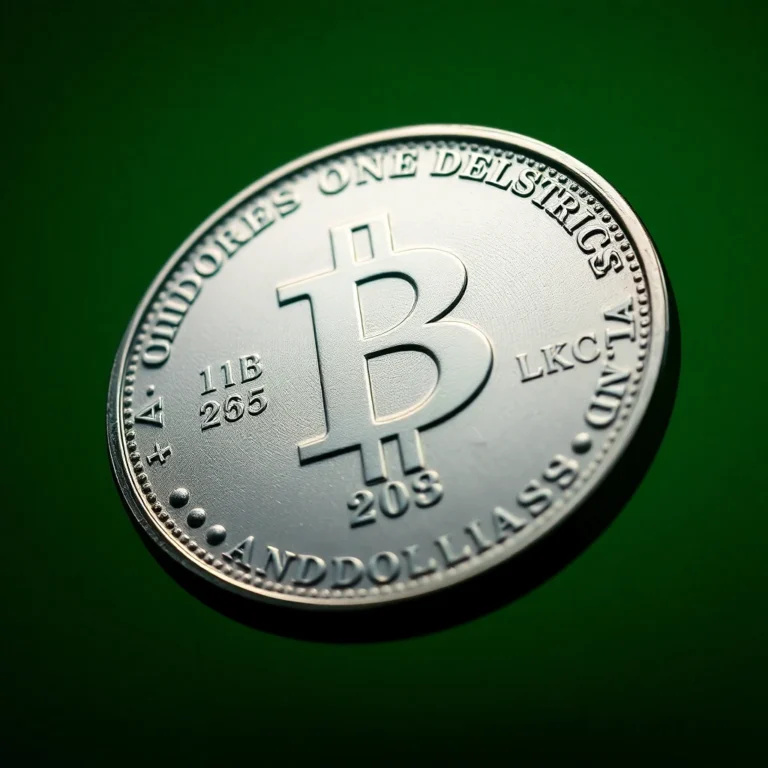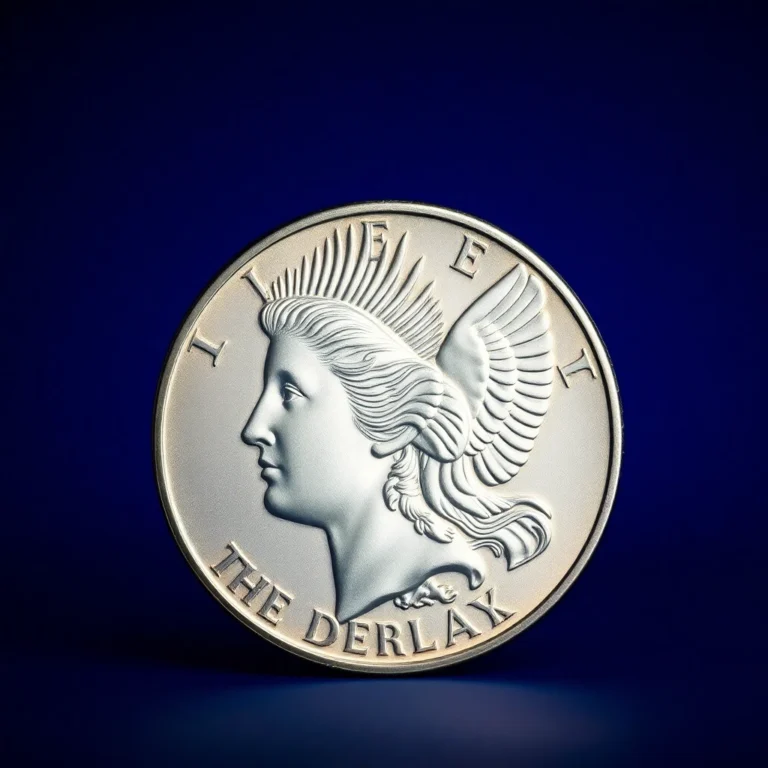In the world of numismatics, few coins spark as much excitement and intrigue as the legendary 1889-CC Morgan Silver Dollar. This elusive gem, minted in the heart of the Wild West, has captivated collectors for over a century with its storied history and elusive nature. But what makes this coin stand out in a sea of silver dollars?
For collectors, the 1889-CC Morgan is not just another piece of silver; it’s a cornerstone of any serious collection. Its significance lies in its rarity, as it was minted in Carson City during a period of limited production, making surviving specimens a true find. In this article, you’ll discover the fascinating history behind its creation, why it’s a coveted treasure, and tips for discerning an authentic piece from a clever counterfeit.
As you delve deeper, prepare to uncover why the 1889-CC Morgan Silver Dollar is a key date that can turn the heads of even the most seasoned collectors, often fetching staggering prices at auction.
The 1889-CC Morgan Silver Dollar: Why It’s a Key Date for Collectors
The 1889-CC Morgan Silver Dollar is one of the most sought-after coins in the numismatic world. Its combination of historical significance, rarity, and captivating design makes it a must-have for serious collectors. This article explores the characteristics that set this coin apart, including its historical context, mintage figures, known varieties, and current market values.
Historical Background and Significance
The Morgan Silver Dollar series, minted from 1878 to 1904 and again in 1921, was named after its designer, George T. Morgan. The 1889-CC Morgan Dollar was struck at the Carson City Mint, which was operational during the silver boom of the late 19th century. The year 1889 marked the reopening of the Carson City Mint, which had been closed for three years, adding to the historical significance of this coin.
Physical Characteristics and Design
The Morgan Silver Dollar features a profile of Lady Liberty on the obverse, with a Phrygian cap adorned with wheat and cotton, symbolizing agricultural prosperity. The reverse depicts an eagle with outstretched wings, holding an olive branch and arrows. The 1889-CC edition bears the “CC” mint mark, located beneath the wreath on the reverse, denoting its origin from the Carson City Mint.
Mintage Figures and Rarity
With a mintage of only 350,000 coins, the 1889-CC Morgan Dollar is rare, especially in higher grades. Many of these coins were melted down or lost due to the melting of silver reserves during the Pittman Act of 1918, further reducing their availability. This low mintage and survival rate significantly contribute to its desirability among collectors. 🏆
Known Varieties or Errors
While the 1889-CC Morgan Dollar is not known for major varieties or errors, collectors often look for strike variations and minor die differences, which can add to a coin’s uniqueness and value. Careful examination by experts is necessary to identify any such distinctions.
Value Information
The market value of an 1889-CC Morgan Dollar varies significantly based on its condition. Below is a detailed table showing the current value range by grade:
| Grade | Value Range |
|---|---|
| Good (G-4) | $400-$600 |
| Very Good (VG-8) | $700-$1,000 |
| Fine (F-12) | $1,200-$1,500 |
| Very Fine (VF-20) | $2,000-$3,000 |
| Extremely Fine (EF-40) | $4,000-$5,500 |
| About Uncirculated (AU-50) | $6,500-$8,000 |
| Mint State (MS-60) | $9,000-$11,000 |
| Gem Mint State (MS-65) | $30,000-$50,000 |
Authentication Tips
Due to its high value, the 1889-CC Morgan Dollar is often counterfeited. To authenticate this coin, collectors should look for the following:
- Check the “CC” mint mark’s shape and position on the reverse.
- Examine the coin’s weight and dimensions; it should weigh approximately 26.73 grams and have a diameter of 38.1 mm.
- Use a magnifying glass to inspect for signs of casting or seam lines, which indicate a fake.
- Consider professional grading by a reputable service like PCGS or NGC.
The 1889-CC Morgan Silver Dollar continues to captivate collectors with its rich history and exceptional rarity. As a key date in the Morgan series, it remains a cornerstone for any serious numismatic collection. Happy collecting! 🪙
FAQs
Why is the 1889-CC Morgan Silver Dollar so valuable?
The 1889-CC Morgan Silver Dollar is highly sought after due to its low mintage of just 350,000 coins, combined with its historical significance as a product of the Carson City Mint. Its scarcity in higher grades further elevates its value, making it a key date for collectors.
How can I authenticate an 1889-CC Morgan Silver Dollar?
To authenticate an 1889-CC Morgan, inspect the coin for a faint “CC” mintmark on the reverse below the eagle’s tail feathers. Also, consider professional grading services like PCGS or NGC, which can verify authenticity and provide a graded evaluation, adding to the coin’s credibility.
What should I consider when adding an 1889-CC Morgan Silver Dollar to my collection?
When collecting the 1889-CC Morgan, focus on acquiring coins with clear and well-defined details. Consider investing in coins graded by reputable services to ensure authenticity and quality. Be aware of your budget, as prices can vary significantly based on condition.
What is the historical significance of the 1889-CC Morgan Silver Dollar?
The 1889-CC Morgan Silver Dollar is significant as it marks the reopening of the Carson City Mint after a four-year hiatus. It symbolizes the economic developments of the late 19th century, particularly in the American West, where the mint was located.
Are there any common varieties or errors associated with the 1889-CC Morgan Silver Dollar?
While the 1889-CC Morgan is not known for major varieties, collectors should be vigilant for counterfeit or altered coins due to its high value. Always verify any coin with professional grading services to ensure its legitimacy and recognize any minor die variations that might exist.
